
“America’s ground fighter’s weapon has evolved from the World War I rifle that was able to kill out to 1,200 yards, to the present weapon capable of reaching a target at 300 meters, yet likely miss killing it,” Major Thomas P. Ehrhart once cautioned. His sentiments reflect a century-long struggle between mobility, firepower, and killing power a balance which the American military has been striving to get back in balance since the Second World War.
From the dominance of the M1 Garand during the 1940s to the recently introduced M7 rifle and M250 light machine gun, every generation improvement in U.S. small arms is simultaneously an improvement to battlefield conditions and a reflection of technological lust. These guns are not merely steel and plastic; they are snapshots of doctrine, strategy, and industrial know-how.
This is a roster of eight U.S. instrumental rifles since World War II, in comparison of their caliber, their rates of fire, and the circumstances of their adoption. Combined, they constitute a tale of accommodation from trench warfare to counterinsurgency, to peer-to-peer combat against an opponent who has at his disposal advanced armor.
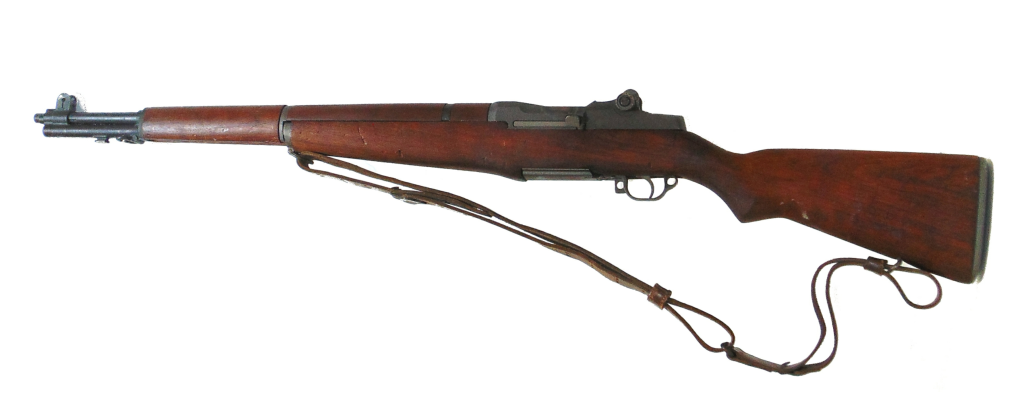
1. M1 Garand: Semi-Automatic Dominance in WWII
Utilized from 1936 and in .30-06 chambering, the M1 Garand provided American squad infantrymen with a decisive advantage over Axis soldiers equipped with still-effective bolt-action rifles. Its semi-automatic, gas-operated mechanism and eight-round internal clip permitted more rapid follow-up shots, adding to firepower at the squad level.
During World War II and Korea, the 460-meter effective range of the Garand was adequate to most wars. Compatibility with the cartridge of the Browning Automatic Rifle made logistics easy. However, by the mid-1950s, new battlefield tactics and the requirement for selective-fire capability generated a demand for a replacement.

2. M14: NATO Standardization and Cold War Challenges
Entering production in 1959, the M14 was developed around the new 7.62x51mm NATO cartridge, allowing interoperability with allied nations. It replaced the M1 Garand and the BAR, with a 20-round detachable magazine and selective-fire capability.
Even though it was reliable and accurate, its wooden stock and length were not conducive to Vietnam jungle fighting. It was quickly displaced nearly all at once by the lighter M16 within a decade, but has some uses even today, appreciated for range and accuracy.
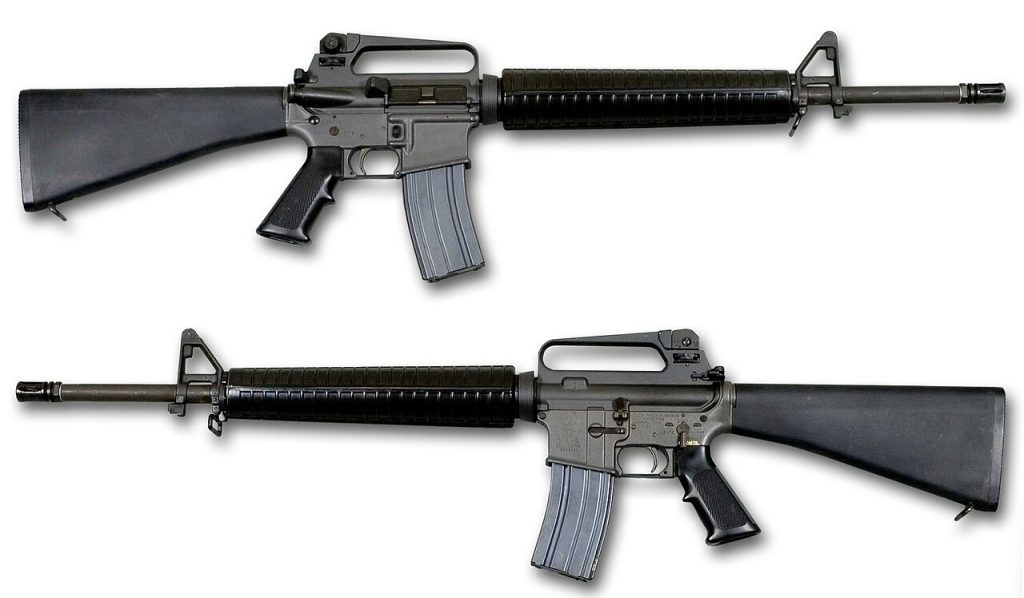
3. M16: Lightweight Firepower for Vietnam
The M16, which was adopted in 1969, was a full transition to the 5.56x45mm NATO cartridge. Lighter-weight bullets allowed more shots to be fired by soldiers, and smaller recoil provided more accuracy with automatic fire. This was essential when facing AK-47-carrying enemy.
But early fielding came with jamming issues, which necessitated design enhancements. In a span of half a century, the M16 family evolved into the M4A1 carbine, the backbone of U.S. infantry until the Next Generation Squad Weapons program.
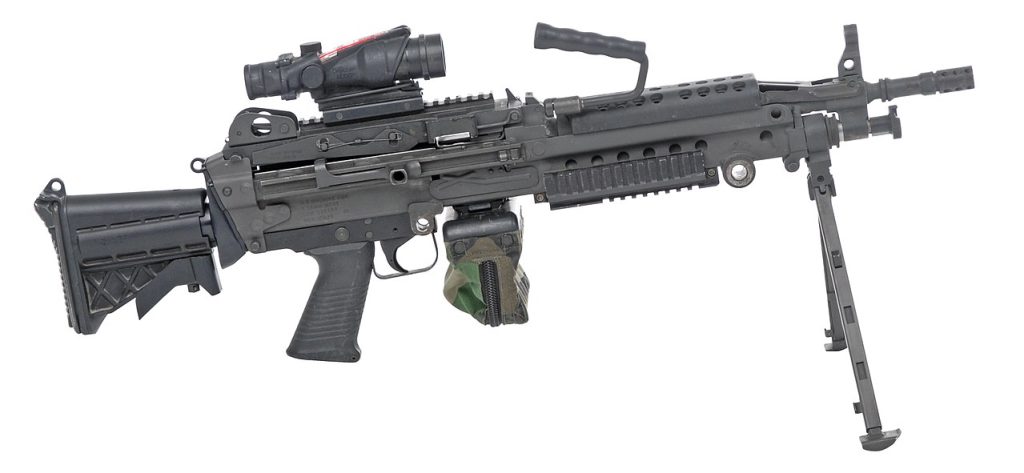
4. M249 SAW: Squad-Level Automatic Fire
Fielded in 1984, the M249 Squad Automatic Weapon introduced belt-fed automatic fire to the rifle squad in 5.56x45mm NATO. More portable than the M60 machine gun, it preserved mobility while preserving suppressive firepower.
But after decades of use, wear and susceptibility of the cartridges to new body armor sparked replacement calls. As Army officials described it, the new-generation system needs to provide a “revolutionary leap” in lethality, mobility, and protection.
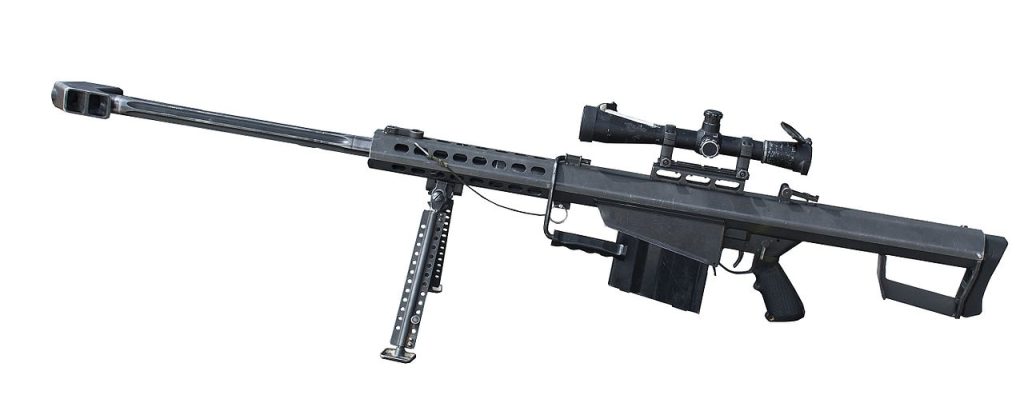
5. Barrett M82: Long-Range Anti-Materiel Power
The Barrett M82 .50 BMG was introduced to service in 1992, pushing infantry range out to 1,850 meters. Built for anti-materiel work, it could take out vehicles, gear, and even fortifications.
Its semi-automatic design and huge caliber earned it a place as a fixture in Iraq and Afghanistan, where long-range precision and raw power were essential on counter-sniper and interdiction missions.
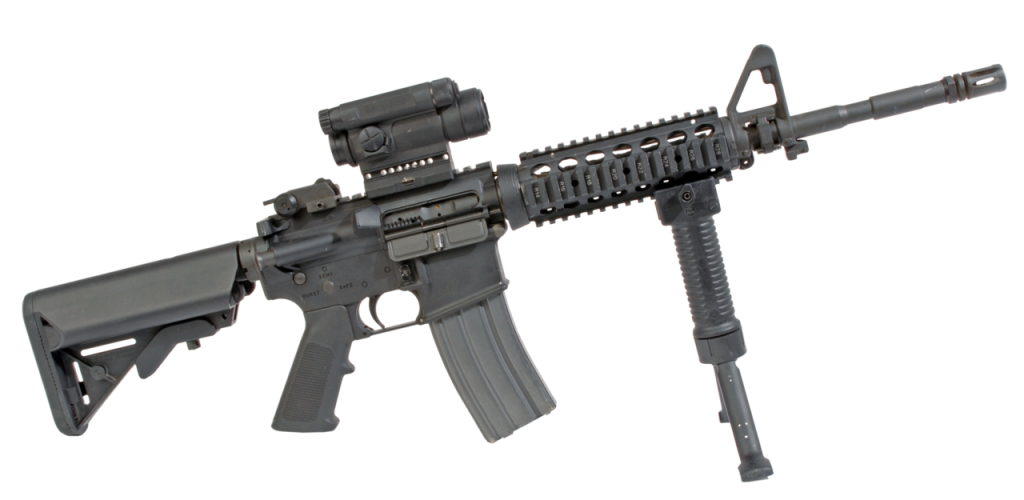
6. M4 Carbine: Compact Versatility
Born in 1994, the M4 provided a light, compact version of the M16 with maintained 5.56x45mm NATO compatibility. The 500-meter effective range was satisfactory for urban and close-quarters combat, with rails to enable mounting of optics and accessories.
Barely improved, the M4’s 5.56mm round has been faulted as having insufficient penetration against burgeoning armor, leading to the move to larger calibers in the M7 rifle.
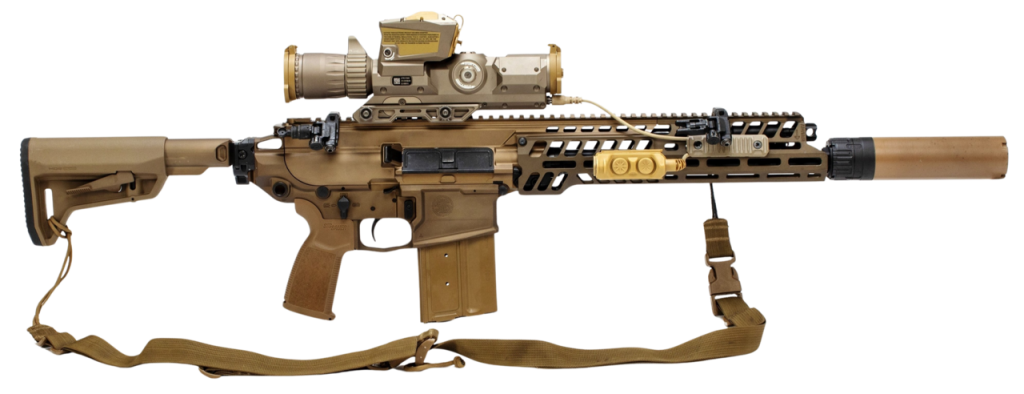
7. M7 Rifle: Gas-Piston Reliability and 6.8mm Killers
Formally adopted in 2024, the M7 is an evolution of Sig Sauer’s MCX Spear platform in 6.8x51mm. In contrast to the M4’s direct impingement mechanism, the M7 employs a gas piston to prevent propellant gases from touching internal components, increasing reliability.
As Col. Jason Bohannon explains, the M7 “demonstrates our determination to bring state-of-the-art capabilities” with increased range, enhanced terminal ballistics, and built-in suppressors. It also responds to lessons of the Afghan war, where U.S. troops were outranged repeatedly.
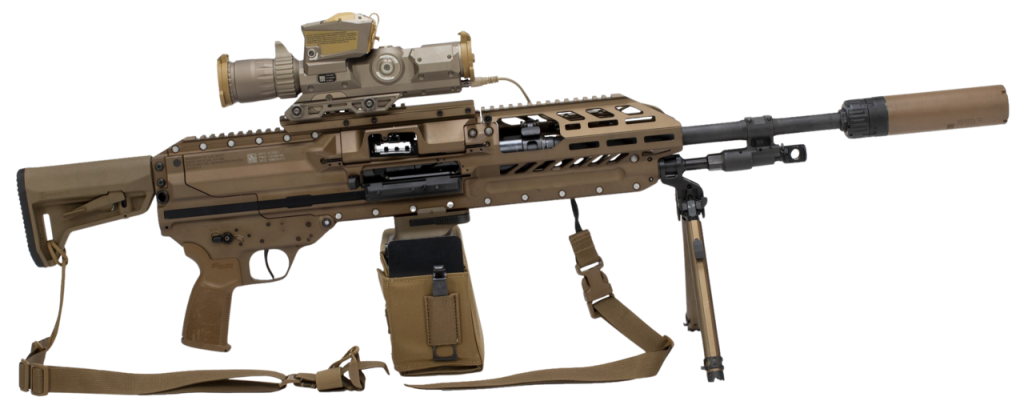
8. M250 Light Machine Gun: A New Generation of Squad Support
The M250 belt-fed, 6.8x51mm firing replacement for the M249 SAW provides an 800-round-per-minute rate of fire, lighter weight, and accuracy enhancements. Hybrid-metallic cartridge cases minimize ammunition weight while increasing range and penetration.
Coupled with the M157 Fire Control Optic with laser rangefinding, ballistic calculation, and atmospheric sensors the M250 demonstrates how integrated technology enhances lethality without sacrificing mobility.
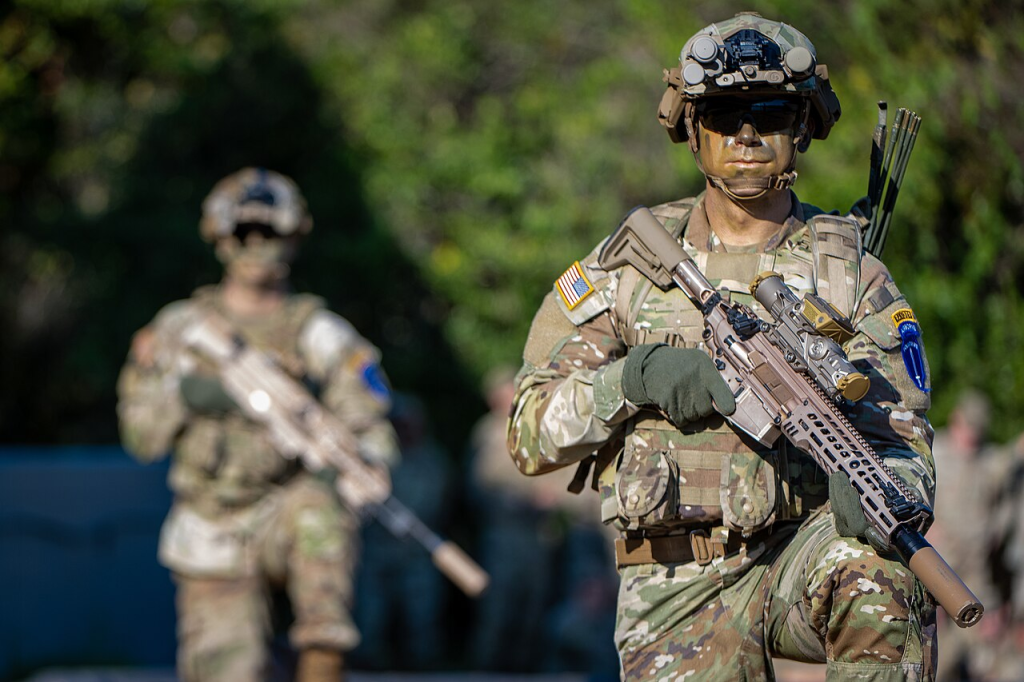
From the Garand’s simple wood and steel to the computerized scopes and hybrid ammunition of the M7, U.S. military rifles have all reflected the changing nature of warfare, technology, and doctrine. Each introduction was a response to the needs of its time to counter bolt-action rifles in WWII or to pierce the advanced body armor of today. As the Army introduces its next generation of small arms, the question does not change: how to balance firepower, mobility, and reliability, so our soldiers have guns worthy of the fight ahead.


